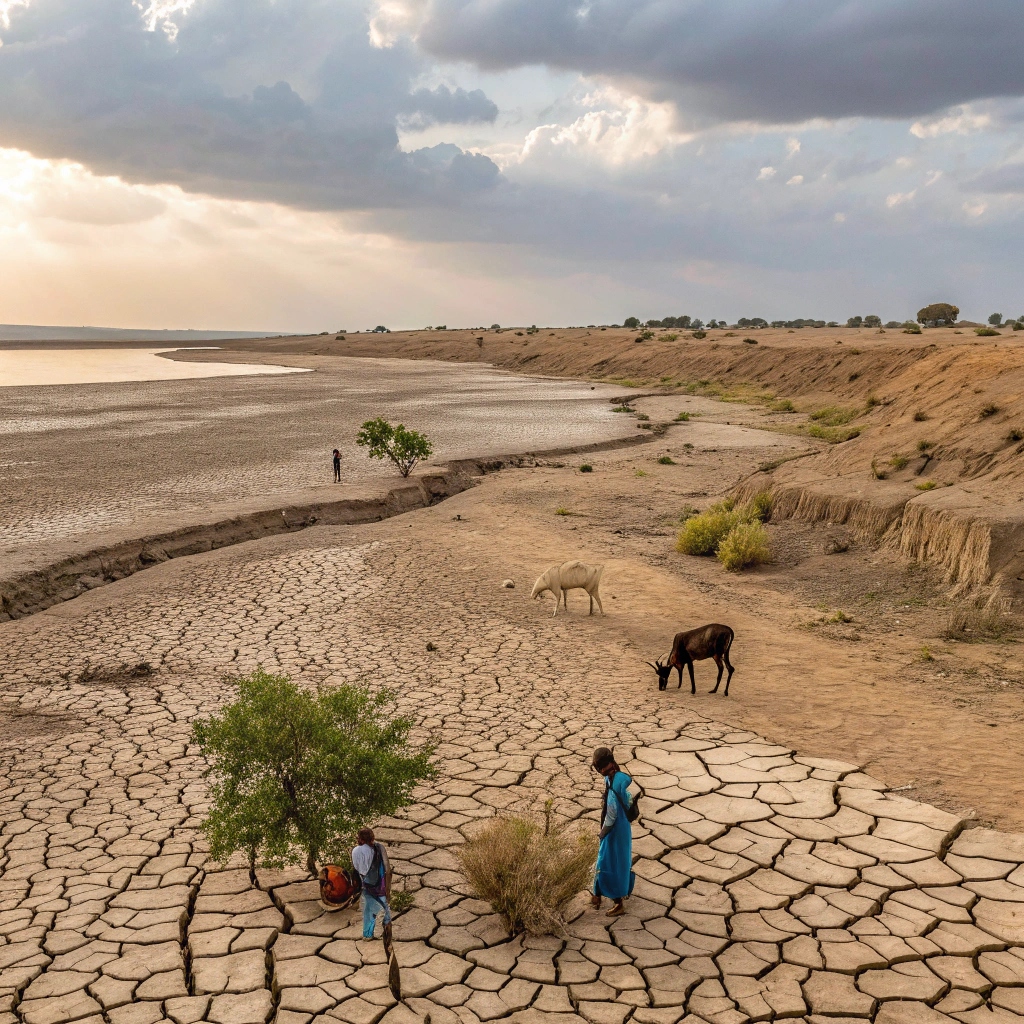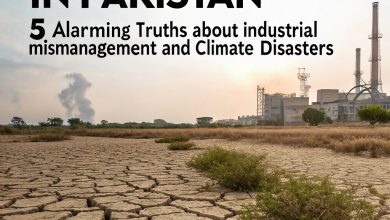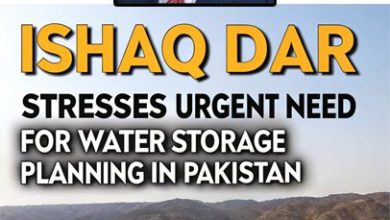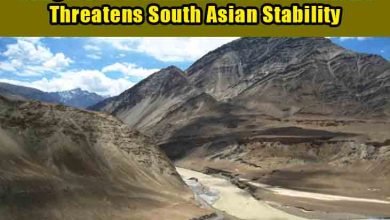Water Crisis Deepens in Sindh Coastline: Urgent Action Needed to Address Growing Shortage
The water crisis in Sindh's coastal areas has reached alarming levels, with low water levels threatening agriculture, health, and livelihoods. Immediate intervention required.
Water Crisis Deepens in Sindh Coastline: Urgent Action Needed
The coastal districts of Sujawal and Thatta in Sindh are grappling with an unprecedented water shortage, putting the local population and environment at significant risk. With no end in sight, the region faces severe consequences from this ongoing crisis.
The Dire Situation in Sujawal and Thatta
Sujawal, a coastal district in Sindh, has seen a dramatic decline in water supply, particularly in areas like Jati, Ladiyo, Chuhar Jamali, and Shahbunder. This shortage is due to decreasing water levels at the Kotri Barrage downstream, which has cut off crucial water tributaries. As the region faces a 47% water deficit, officials warn that the area could soon face a drought.

Sattar Machi, a resident from Union Council Karmalak, summed up the desperation felt by many: “Water is life, and we have been deprived of our right to live.” This poignant statement highlights the gravity of the situation as local communities struggle to secure water for basic needs.
The Impact on Agriculture and Livelihoods
The water crisis is wreaking havoc on agriculture, a primary source of livelihood in the coastal areas. Allah Bux Temro, a local grower, shared that standing crops like cotton and tomatoes are withering away due to the lack of water. This crisis has caused widespread concern among farmers and residents, as the region’s agricultural viability is increasingly threatened.
Health Risks and Water Shortages for Daily Use
The situation has also taken a toll on public health. As the water level decreases, underground water sources have turned brackish, forcing locals to drink contaminated water. Ali Akber Thaheem, another resident, revealed that the water in these coastal areas is no longer fit for consumption, posing serious health risks.
Women and children, in particular, are facing great difficulties. Many are forced to travel long distances to fetch water, carrying heavy loads for daily use. Others rely on local water sellers who bring water on donkey carts, though the cost is prohibitive for many. Rasool Bux Bario, a local water seller, said, “I sell a cane of water for 150 rupees, but many people cannot afford it due to poverty.” This makeshift solution is inadequate, leaving the residents in dire straits.
Environmental Degradation: A Growing Concern
The water crisis is not only a human and agricultural tragedy but also an environmental catastrophe. The once-thriving River Indus bed is now increasingly filled with sand, and the Indus Delta is facing severe degradation due to the reduced flow of water. Environmentalists warn that the continued depletion of water from the river could result in the permanent destruction of the delta, which supports unique biodiversity and ecosystems.
The Threat of Sea Intrusion
Experts like Naseer Memon, a water expert, believe that the situation could worsen. He warns that further extraction of water from the Indus River will only accelerate the environmental damage and cause the sea to encroach on the land. This phenomenon, known as “sea intrusion,” is already affecting the coastal regions, and with continued water depletion, the situation could spiral out of control.
Obhayo Khan Khushik, an agronomist and former Chief Engineer of the Sindh Irrigation Department, agrees, urging the federal government to reconsider its plans for constructing additional canals on the Indus River. He cautions that such measures would only exacerbate the water shortage and contribute to the collapse of the Indus Delta.
Proposed Solutions to Address the Crisis
The water crisis in Sindh’s coastal areas demands immediate and comprehensive action. Here are some potential solutions to mitigate the issue:
-
Reevaluating Water Distribution: Experts call for a fairer distribution of water from the Indus River, ensuring that the coastal areas receive adequate supplies to meet their needs.
-
Restoration of the Indus Delta: A targeted effort to restore the Indus Delta’s ecosystem is necessary to prevent further environmental degradation.
-
Government Intervention: The federal government must act urgently to address the water shortage and support local farmers and residents with sustainable solutions.
-
Community Initiatives: Local communities must be encouraged to conserve water and invest in more efficient water management techniques.
Conclusion: A Call for Urgent Action
The water crisis in the Sindh coastline is a growing threat to the health, livelihoods, and environment of the region. Without swift intervention from both local authorities and the federal government, the situation will continue to deteriorate, leading to long-term consequences. It is essential that the government acts now to prevent further suffering and destruction.
For more on water conservation efforts and sustainability practices, visit our water crisis solutions page.
Internal Links:
External Resources:







